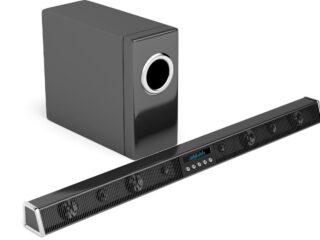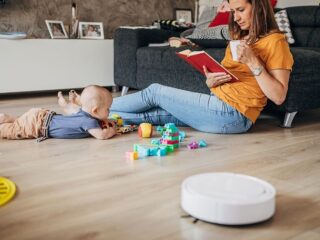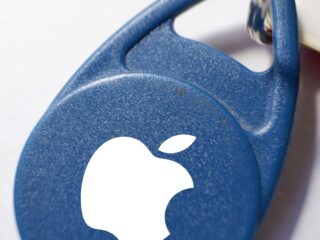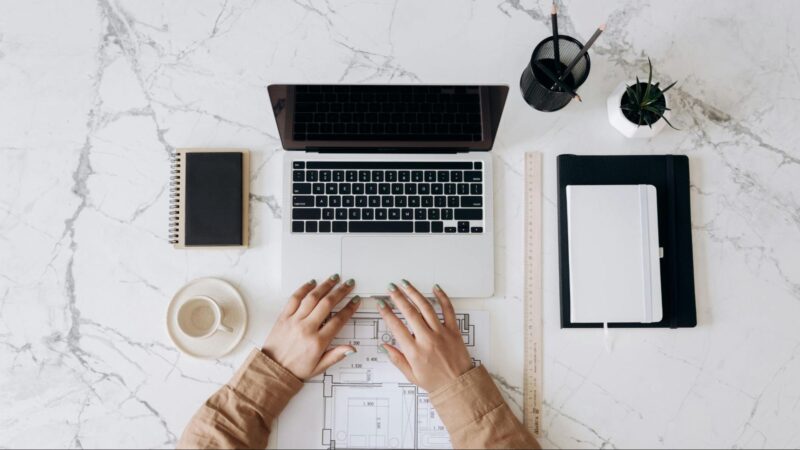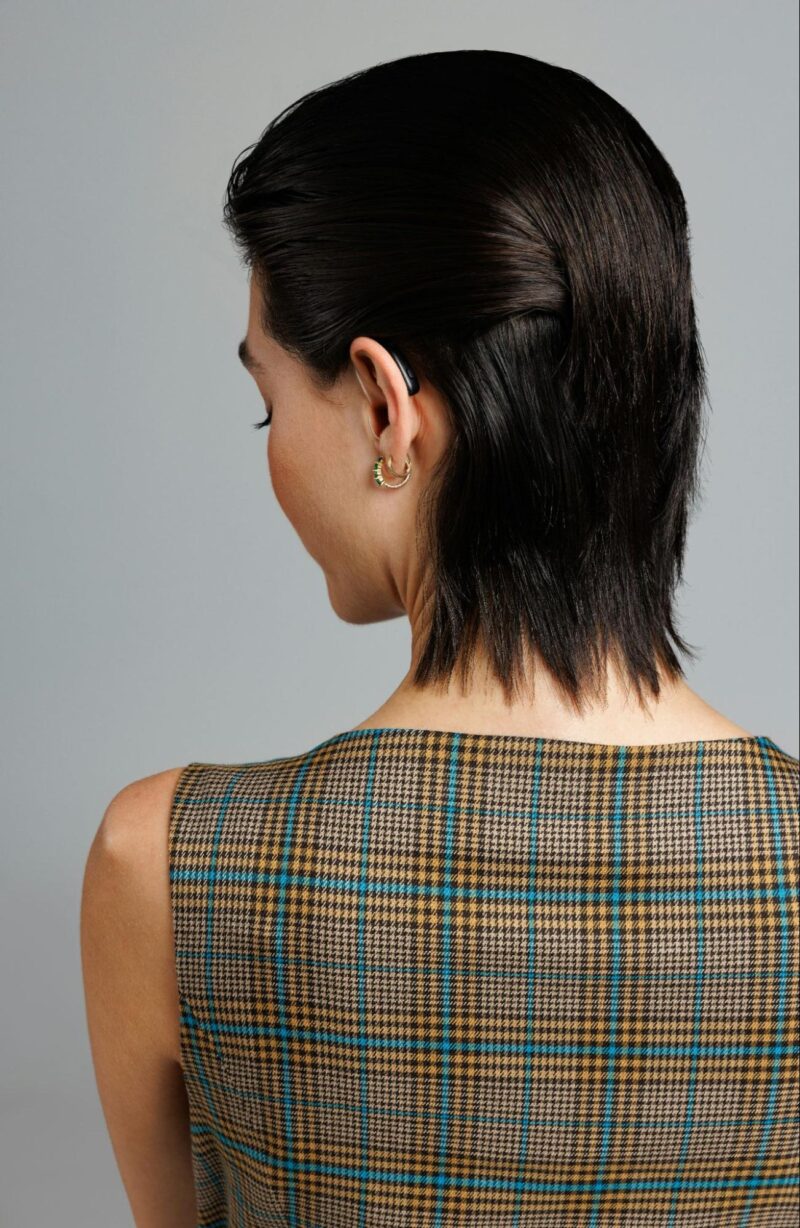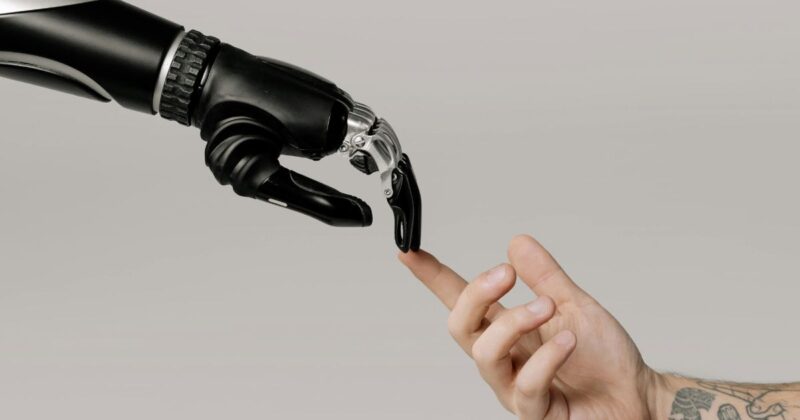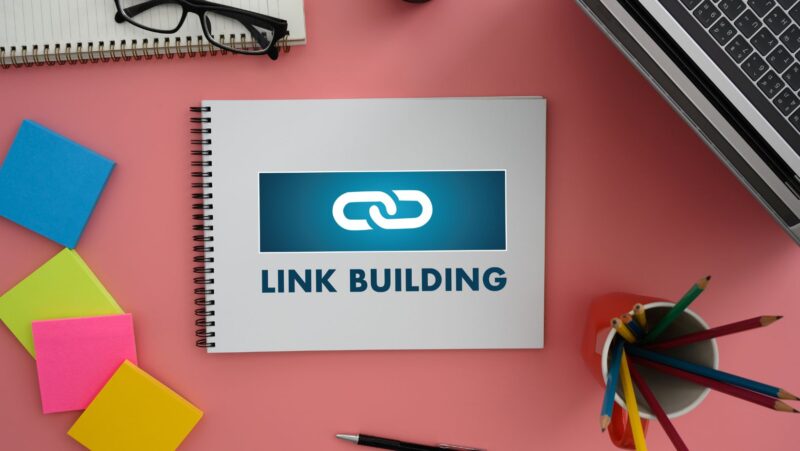In this guide, we will explore everything you need to know about Roomba vacuum cleaners. We’ll discuss their features, benefits, and drawbacks so that you can decide if a Roomba is right for your home. We’ll also provide some troubleshooting tips in case you experience any issues with your Roomba.
By the end of this guide, you’ll be an expert on all things Roomba!
What is a Roomba and what are its features
A Roomba is a robotic vacuum cleaner that is designed to clean your floors for you. It has sensors that allow it to avoid obstacles, and it can be programmed to clean at certain times of the day. Roombas come with a variety of features, including:
- Automatic self-charging: When the Roomba’s battery gets low, it will automatically return to its charging dock to recharge.
- Virtual walls: These emit an infrared beam that the Roomba will avoid. You can use virtual walls to keep the Roomba out of certain areas or to contain it to a specific room.
- Dirt detect: This feature allows the Roomba to focus on areas that are particularly dirty.
- Automatic adjust: The Roomba will automatically adjust its height to clean different types of floors (carpet, tile, hardwood, etc.)
- Remote control: Some Roombas come with a remote control that you can use to start, stop, and schedule cleaning sessions.
- Filters: All Roombas have filters that trap dust and dirt. Some models have HEPA filters that are designed to trap allergens.
Roombas typically range in price from $200 to $900. The exact price will depend on the features and attachments that you choose.
What are the benefits of using a Roomba
There are many benefits to using a Roomba, including:
- Convenience: Roombas do the cleaning for you, so you don’t have to waste your time vacuuming.
- Cleaning quality: Roombas are very effective at cleaning floors, and they can reach places that regular vacuums can’t.
- Scheduling: You can program your Roomba to clean at certain times, so you don’t have to worry about it.
- Allergy relief: If you have allergies, a Roomba with a HEPA filter can help to trap allergens and keep them out of the air.
How to operate a Roomba
Using a Roomba is very simple. Just press the “clean” button and the Roomba will start cleaning your floors. You can use the remote control to schedule cleanings, change the cleaning mode, or spot clean specific areas.
To empty the Roomba’s dustbin, just press the “bin” button and the bin will detach from the Roomba. Then, you can empty it into the trash. If you need to clean under furniture or in tight spaces, you can use the virtual wall to block off an area and keep the Roomba out.
Troubleshooting tips for common issues with Roombas
If you’re having trouble with your Roomba, here are some troubleshooting tips:
- My Roomba won’t start: Make sure that the Roomba is properly plugged into the charging dock. If it is, try resetting the Roomba by pressing the “clean” and “spot” buttons at the same time.
- I can’t find my remote control: If you can’t find your remote control, check under furniture and in other rooms. You can also use the button on the Roomba itself to start, stop, and schedule cleanings.
- My Roomba is getting stuck: If your Roomba is getting stuck, try moving obstacles out of the way. You can also use the virtual wall to block off areas where the Roomba gets stuck.
roomba i8+ vs i7+
Both models are very effective at cleaning floors, and they come with a variety of features that can be helpful for users. The main difference between the two models is that the i8+ comes with a self-emptying dustbin, while the i7+ does not.
If you think that you would benefit from having a self-emptying dustbin, then the i8+ would be the better option for you. Otherwise, the i7+ would be just as good of a choice.

